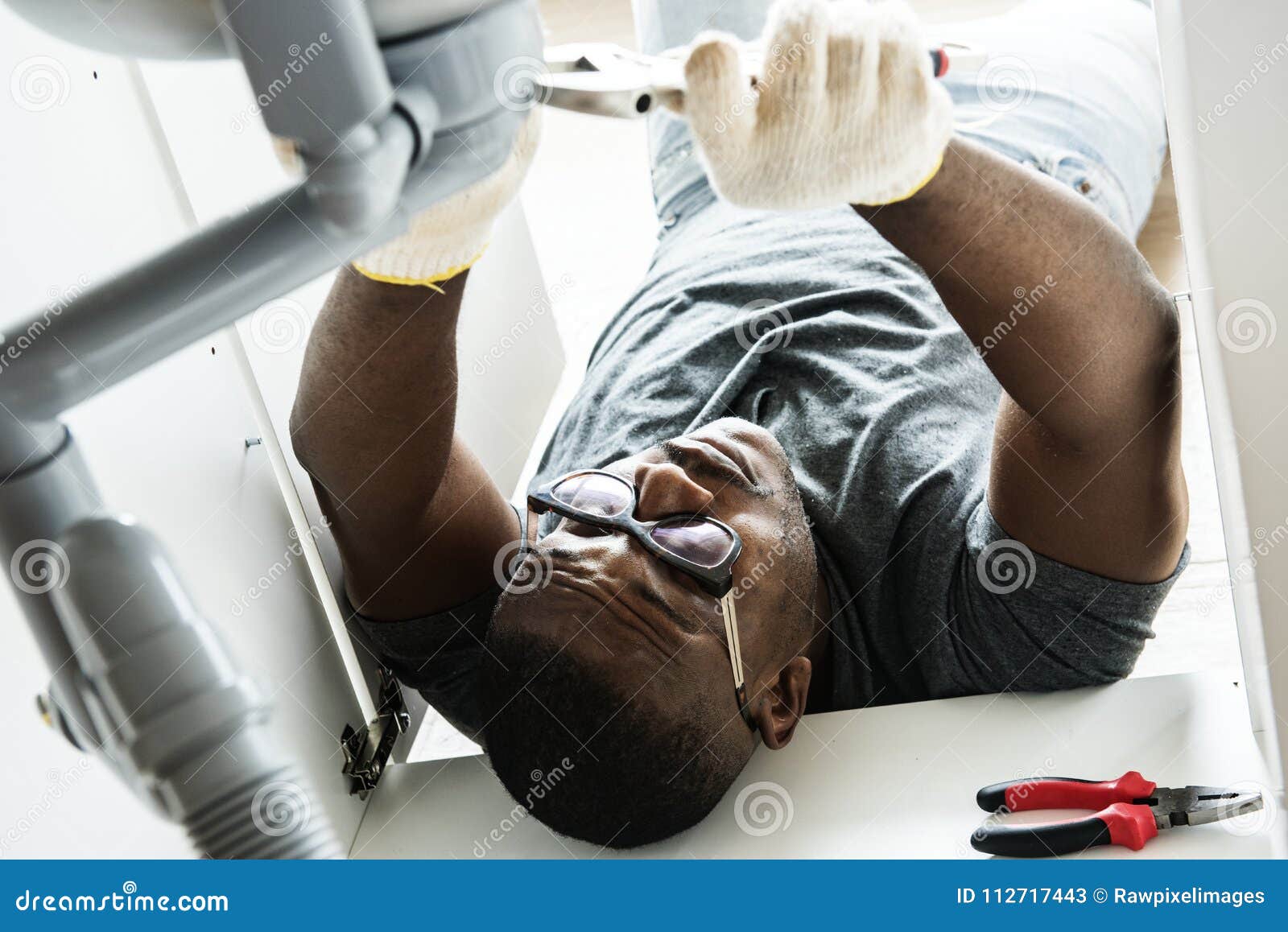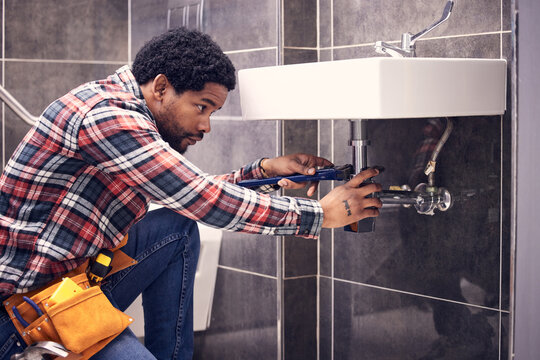Essential Plumbing Alabaster AL Tips for Homeowners
Essential Plumbing Alabaster AL Tips for Homeowners
Blog Article
A Step-by-Step Overview to Reliable Water Heating System Installment for Ideal Performance
Getting started on the task of mounting a water heater is an endeavor that requires precision and a methodical strategy for accomplishing optimal performance. As you continue, the intricacies of linking water supply lines and establishing up dependable electric or gas links await, appealing understandings into guaranteeing effectiveness and integrity.
Choosing the Right Hot Water Heater

Following, consider the dimension and ability of the water heating system. It's crucial to assess your household's warm water needs, which can differ based upon the variety of occupants and their usage patterns. An unit that's as well little might bring about not enough hot water, while an oversized model may cause unnecessary power consumption.
Effectiveness scores likewise play a crucial duty in option. Look for hot water heater with high Energy Factor (EF) ratings, indicating exceptional performance and minimized energy usage. Tankless designs, though typically more expensive upfront, deal significant power cost savings gradually because of their on-demand heating abilities.
Preparing the Installment Area
Before setting up a brand-new water heater, careful prep work of the setup area is essential. It's vital to measure the room thoroughly to suit the water heating unit's measurements, ensuring adequate clearance around the system for reliable operation and servicing.
Following, remove any type of particles, dirt, or blockages from the website to create a clean atmosphere. Examine the floor for stability, as the hot water heater will certainly require a strong, degree surface area to operate efficiently. If needed, set up a drip frying pan under the device to catch potential leaks or spills, stopping water damages to the surrounding location. In areas vulnerable to seismic task, take into consideration installing seismic straps to secure the heater strongly in position.
Additionally, guarantee that all necessary tools and products get on hand prior to beginning the setup. This includes products such as wrenches, screwdrivers, a degree, and any type of additional hardware needed for placing and safeguarding the heating unit. A well-prepared installation area sets the structure for a successful water heating unit setup, optimizing performance and safety and security.
Connecting Water Lines
When linking supply of water lines to your freshly mounted water heating unit, it is important to make sure that all connections are secure and leak-free to preserve efficient procedure and stop water damage. Begin by identifying the cold and warm water lines. The chilly water inlet is generally noted with a blue label or a "C", while the warm water electrical outlet is noted with a red label or an "H".
Usage flexible hot water heater ports to help with an easier setup process. These ports can absorb vibration and permit small motion, lowering the danger of leakages. Before affixing the ports, place a plumber's tape around the threaded ends of the water heater's inlet and electrical outlet pipes - Water Heater installation Alabaster AL. This tape acts as a sealer, preventing leaks. Meticulously connect the versatile tubes to the respective inlet and outlet, making sure that they are tight however not over-tightened, which can harm the threads.
Once links remain in place, slowly turn on the main supply of water valve. Evaluate each link for leakages by aesthetically checking and feeling for moisture. Tighten links as essential, and make sure the stress alleviation shutoff is appropriately mounted, guarding versus too much stress accumulation.
Establishing Electric or Gas Links
Correctly establishing up the electrical or gas connections for your water heating system is a crucial action to make certain safe and efficient operation. For electrical water heating units, begin by validating that the electrical circuit is suitable with the heater's voltage and amperage demands.
For gas water heaters, security is paramount. Link the gas line to the water heating system using an adaptable gas connector, ensuring it is appropriately threaded and secured with pipe joint substance or Teflon tape appropriate for gas links.
As soon as links are made, examine for any type of possible leaks. For gas lines, apply a soapy water service to the joints; bubbles show a leak. For electric links, verify that all wiring is protected and appropriately shielded, maintaining compliance with regional electrical codes.
Readjusting and examining for Efficiency
With the electrical and gas links firmly in location, the next step is reviewing the operational performance of your water heating unit. Begin by very carefully turning on the water supply and guaranteeing there are no leaks at any of the shutoffs or joints.
Next, perform a complete evaluation to guarantee the heating components or burner are functioning appropriately. For electrical heaters, utilize a multimeter to validate if the aspects are attracting the appropriate existing. In look at this site gas versions, observe the burner flame; it should be blue and steady, indicating reliable combustion.
Readjust the settings as required to eliminate inadequacies. Think about implementing insulation procedures, such as adding a hot water heater blanket, to better improve efficiency by lessening heat loss. Additionally, examine the anode rod's problem, as a worn-out rod can minimize efficiency and result in container rust.
Verdict
Efficient hot water heater installation is her latest blog essential for making certain optimum performance and power savings. By choosing the ideal type and size, and diligently preparing the installment area, a structure for success is developed. Securely linking water system lines and carefully setting up electric or gas links lessen potential issues. Detailed testing for leaks and exact thermostat changes to 120 ° F enhance dependability and effectiveness. Sticking to these steps promotes long-lasting performance and power preservation in household water heater.

Correctly setting up the electric or gas links for your water heating system is an essential step to guarantee effective and secure procedure. For electrical water site heating systems, start by validating that the electric circuit is suitable with the heating system's voltage and amperage needs. Attach the gas line to the water heating system making use of an adaptable gas adapter, guaranteeing it is effectively threaded and secured with pipeline joint substance or Teflon tape appropriate for gas connections.
Report this page